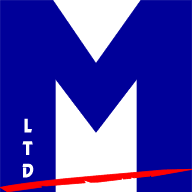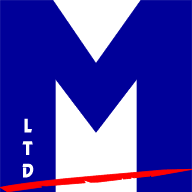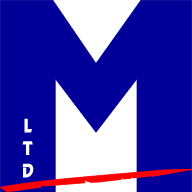Title Page
-
Drivers Name
-
Unit and Trailer ID
-
Location
-
Date
-
Auditors Name & Signature
-
The Company Auditor is to check that the driver has completed a circle check of the vehicle and then conduct an ADR audit noting any defects found that have not been previously recorded by the driver. If the driver is a new driver, new to the company (within 3 months) or is a new ADR driver, confirm that they understand McPherson company procedures and what is required of them under ADR Regulations.
Driver, Documents & Vehicle Check
-
Is vehicle cab interior in a suitable condition, ie. clean and tidy?
-
Request drivers licence, DQC card and ADR licence (if qualified), are they in date and do they have the correct vehicle categories?
-
Request driver's Training Passport. Check that the driver is trained on the current vehicle & trailer (also check Gen2 shunter trained if applicable).
-
Check drivers shunter sheet and defect book for completeness.
-
Current Drivers Manual (check amendment list for latest AL)
-
If defects are found by the auditor, did the driver raise a defect sheet for it.
Vehicle Inspection (Internal)
-
Is the vehicle mirrors clean and free from damage?
-
Is the front windscreen free from damage and/or obstructions?
-
Can the driver demonstrate that the brakes are fully operational?
-
Can the driver demonstrate the vehicles steering is not defective?
Vehicle Inspection (External)
-
Is the vehicle free from signs of oil/ fuel leaks?
-
If applicable is coupling security correct (dogclip attached, etc)?
-
Are all suzies connected (brake lines, electrical connections)?
-
Are wheel markers attached and do tyres have suitable tread (1mm minimum)?
-
Details of any faults or discrepancies found.
-
Photographic details of faults or discrepancies found.
Health & Safety Compliance Audit
-
Check that the halt brake works (ask driver to lift off seat whilst moving forward at a slow pace).
-
Check that the 5th wheel brake works (brakes will come on after 6 seconds when driver goes under a trailer).
-
Check audible handbrake warning (ask driver to take off the handbrake and open the door).
-
Does the driver have a hard hat with chin strap, bump cap, safety boots (not trainers), and hi vis vest?
-
Has the driver used 3 points of contact for access/egress?
Misc
-
Does the unit have a first aid kit?
Camera Audit
-
Does the unit have all cameras fitted (front, nearside, offside, above drivers window, and dog clip)?
-
Is the camera unit functioning (i.e. is the lights on) and does it have any warning lights showing? If no lights are on, ask driver to start the unit. If still no lights, report to Fleet/ Engineering for repair.
ADR Required Equipment
-
Does the vehicle have a total of 12 Kgs of Dry Powder minimum? Minimum of 2 Kgs must be in the cab. Check the next due service date, ensure that extinguisher is in pressure, that there is a safety pin fitted and that the pin is secured with an easy release seal.
-
Does the vehicle have 2 warning triangles?
-
Does the vehicle have 2 eye wash bottles? A minimum of 900ml is required, in date and unopened.
-
Does the vehicle have 2 wheel chocks?
-
Does the vehicle have an anti-static plastic shovel?
-
Does the vehicle have a drain seal? Check that it is not hard and breaking apart. Can be out of date but as long as it is still malleable.
-
Does the vehicle have a plastic collecting container?
-
Does the driver have Instructions in Writing? Must have all 4 pages (or 2x double sided)
-
Does the driver have an intrinsically safe torch, goggles (not glasses), gloves (suitable for the goods being carried) and a hi vis vest/ jacket as per ADR Regulations?
Driver Risk Assessment
-
Is further action or training required for this driver?
-
Is this driver safe to continue or are they at risk?
-
Auditor's/ Driver's Comments
-
Auditors Name & Signature









